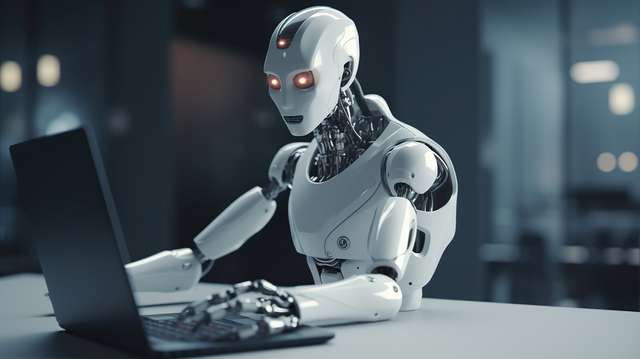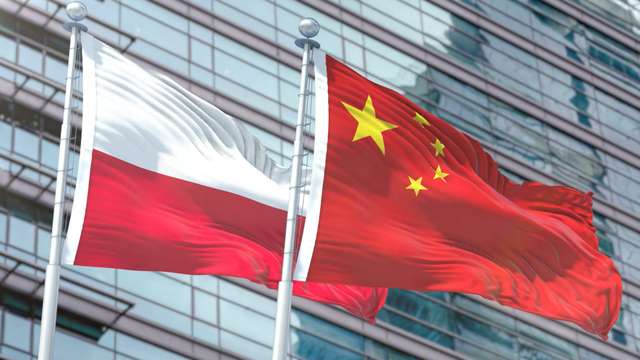
Are you ready for the future of manufacturing? Industry 5.0 is fast approaching and will revolutionize the way goods are produced today. With advanced technologies such as artificial intelligence, robotics, and the Internet of Things (IoT), the next phase of industrial development promises to be more efficient, sustainable, and human-centered than ever before. But what exactly is Industry 5.0 and how will it affect the global economy? In this blog, we discuss in depth what this type of industry is all about and what its main characteristics are.
Table of Contents
Industry 5.0 is a term used to describe the next phase of the industrial revolution, which focuses on the relationship between humans and machines in the manufacturing industry. It is a concept based on the advances of Industry 4.0, where it emphasized the integration of robotic systems, the Internet of Things (IoT), and the use of Big Data analytics to improve manufacturing processes. However, Industry 5.0 goes a step further by emphasizing the importance of human involvement and interaction in manufacturing processes.
Better and more efficiently
The term "Industry 5.0" first appeared in 2017 in an academic paper titled "Industry 5.0 - The Human-Technology Symbiosis" by Schuh et al. The authors argued that while Industry 4.0 had brought significant improvements in manufacturing efficiency, it had also raised concerns about the impact of automation on labor and the loss of human involvement in the manufacturing process. This type of industry aims to address these concerns by highlighting the importance of human-machine collaboration and creating more natural and intuitive ways for humans to interact with machines.
Thus, the importance of Industry 5.0 is significant in offering the possibility of creating a more sustainable and humane manufacturing industry. By placing more emphasis on the human element in the manufacturing process, Industry 5.0 can help create more fulfilling and rewarding jobs for workers and improve working conditions. It also offers the potential to create more efficient and flexible manufacturing processes that are better equipped to adapt to changing market demands and supply chain disruptions.
A Short History of Evolution
The evolution of industry has been characterized by major revolutions. In this sense, Industry 5.0 is part of these revolutions, referring to the Fifth Industrial Revolution. Historically, we recognize the following stages of industry:
Industry 1.0
The first industrial revolution was characterized by the transition from manual labor to machine manufacturing, driven by water and steam. This period saw the emergence of textile mills, steam engines, and the factory system.
Industry 2.0
The second industrial revolution was marked by the advent of mass production and electrification. New technologies such as the assembly line, the telegraph, and the telephone enabled the mass production of goods and the expansion of communication networks.
Industry 3.0
The third industrial revolution, also known as the digital revolution, saw the widespread adoption of computer technology and automation. This period saw the emergence of personal computers, the Internet, and the automation of many manufacturing processes.
Industry 4.0
The fourth industrial revolution is very similar to Industry 3.0 but is mainly characterized by the integration of robotic systems, the Internet of Things (IoT), and the use of Big Data analytics to improve manufacturing processes. Additionally, Industry 4.0 also highlights the use of autonomous robots, 3D printing, and augmented reality to create more flexible and efficient manufacturing systems.
Industry 5.0
The industry of the future is an enhancement of today's Industry 4.0. It primarily focuses on the symbiotic relationship between humans and machines to increase people's capabilities and improve working conditions. It also emphasizes sustainability and the use of advanced technologies such as artificial intelligence and cognitive manufacturing systems to create more flexible, adaptive, and efficient manufacturing processes.
Foto: https://www.freepik.com/free-photo/robo-advisor-chatbot-robotic-concept-robot-finger-point-laptop-button-generative-ai_40736321.htm#query=AI%20robot&position=10&from_view=search&track=ais / Image by kenshinstock / on Freepik






